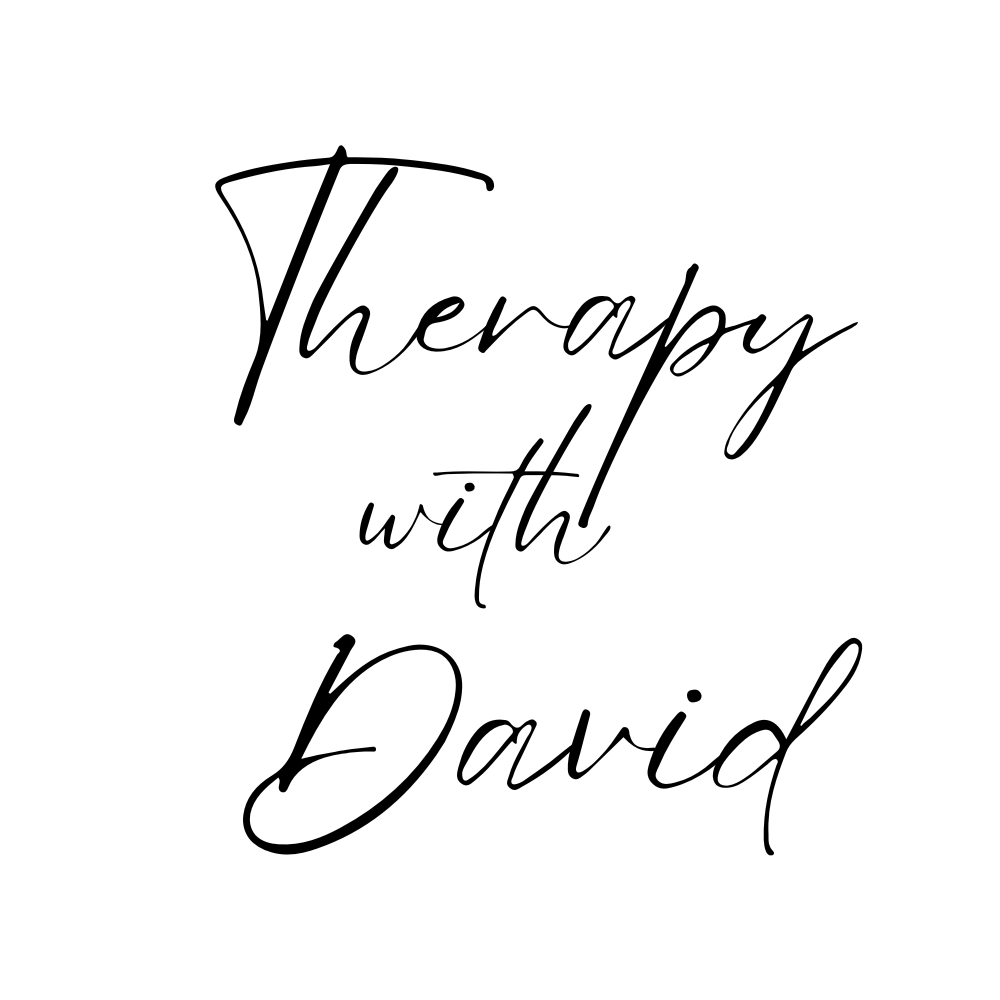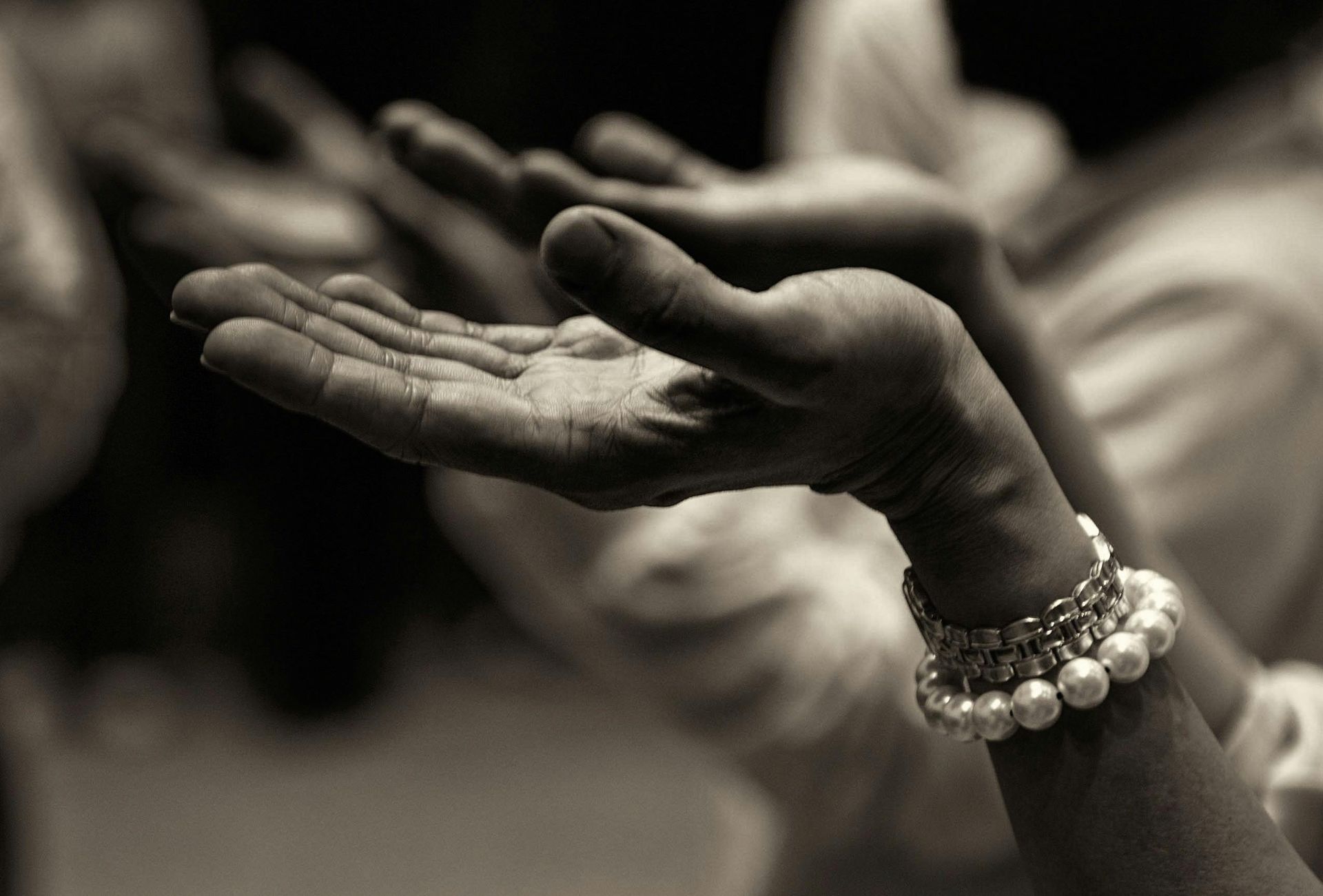A Different Take on Boundaries
Beyond Walls, Toward Connection
Boundaries have become a buzzword in recent years, popping up in conversations about self-care, relationships, and mental health. We hear phrases like “Set firm boundaries,” or “That’s a boundary violation.” But what do we really mean when we talk about boundaries?
Are boundaries just about keeping people out? Or is there a way to see them as meeting places—spaces where relationships can grow in healthier, more fulfilling ways?
In this blog post, we’ll explore:
What boundaries truly mean in relationships.
The psychological origins of the concept and how it became mainstream.
A fresh perspective on boundaries as connection points rather than barriers.
How to set boundaries in a way that fosters understanding instead of harm.
If you’ve struggled with setting boundaries, felt guilty about enforcing them, or wondered if there’s a different way to think about them—this post is for you.
What Are Boundaries in Relationships?
Boundaries are the limits we set in our relationships to define what is acceptable and what is not. They help us protect our emotional well-being, maintain autonomy, and create a sense of safety in our interactions with others.
Dr. Henry Cloud and Dr. John Townsend, in their bestselling book Boundaries: When to Say Yes, How to Say No to Take Control of Your Life (1992), describe boundaries as “invisible property lines” that separate what is ours from what belongs to others. This applies to our time, emotions, mental energy, and even physical space.
A 2022 study published in the Journal of Social and Personal Relationships (APA) found that people who set clearly communicated relational boundaries report higher satisfaction in both romantic and platonic relationships. Why? Because boundaries reduce ambiguity, minimize resentment, and promote mutual respect.
There are different types of boundaries, including:
Physical boundaries (e.g., “I need personal space right now.”)
Emotional boundaries (e.g., “I can support you, but I can’t take on all of your feelings.”)
Time boundaries (e.g., “I can’t stay late at work every night.”)
Mental boundaries (e.g., “I respect your beliefs, but I have my own perspective.”)
Healthy boundaries are not about control or punishment; they are about balance—ensuring that both closeness and individuality can coexist in relationships.
The Origins of Boundaries as a Psychological Concept
The idea of personal boundaries in psychology dates back to Sigmund Freud’s psychoanalytic work in the early 20th century. Freud suggested that psychological health depends on maintaining a strong sense of self while navigating relationships with others.
Later, Erik Erikson’s stages of psychosocial development (1950) introduced the idea that healthy relationships require differentiation—knowing where you end and others begin. This was particularly emphasized in adolescence and adulthood, where autonomy and intimacy must coexist.
The modern concept of boundaries was shaped by family systems therapy in the 1970s, pioneered by Dr. Murray Bowen. Bowen’s work focused on emotional differentiation—the ability to maintain your own emotional identity even while staying connected to close family members. He argued that people who lack boundaries tend to become enmeshed in others’ emotions, leading to codependency.
Fast forward to the 1990s and early 2000s, and boundaries became a mainstream concept in pop psychology. Books like Boundaries by Cloud and Townsend (1992) and The Gifts of Imperfection by Brené Brown (2010) emphasized the need for setting limits in relationships to foster self-worth and personal growth.
However, with the rise of social media, the conversation around boundaries shifted. Instead of emphasizing mutual respect, many online narratives framed boundaries as cut-off points—ways to remove people from our lives rather than fostering healthier communication.
While some relationships do need distance, a nuanced approach to boundaries can help us navigate challenges without resorting to disconnection as the only option.
Boundaries as Meeting Places, Not Walls
Now, let’s take a different approach. What if boundaries weren’t just about separation, but about meeting places?
Instead of seeing boundaries as walls, we can see them as gates—structures that open and close depending on what’s needed.
Dr. Esther Perel, a well-known therapist and relationship expert, describes boundaries as negotiation points in relationships. Instead of saying, “This is my boundary, take it or leave it,” we can say, “This is important to me. How can we work together to honor both of our needs?”
For example, instead of saying:
“I don’t want to talk about this. That’s my boundary.”
Try: “I need some time to process this before we talk. Can we revisit it tomorrow?”
This approach keeps the conversation open rather than shutting it down.
Boundaries should create structure, not isolation. When we view them as negotiation points rather than ultimatums, we create opportunities for better relationships, not just distance.
How to Set Boundaries That Don’t Harm Others
Now that we’ve reframed boundaries as meeting places, how do we implement them effectively?
1. Communicate Early and Often
Boundaries should be expressed before resentment builds. Instead of waiting until frustration peaks, set expectations early.
Example: Instead of waiting until you're overwhelmed to say, “I can’t help with this,” say, “I’d love to support you, but I only have 30 minutes to help.”
2. Use ‘I’ Statements
Instead of blaming or accusing, express your needs from your own perspective.
“You always take up my time.”
“I need more time for myself to recharge.”
3. Be Flexible, Not Rigid
Boundaries aren’t about control. If your partner or friend has different needs, be willing to find a middle ground.
Example: If a friend wants to vent but you need space, say, “I want to support you, but I need to take care of myself, too. Can we check in tomorrow?”
4. Consider Cultural and Relational Contexts
Not all relationships require the same level of boundaries. A close friendship may have more fluidity than a work relationship. Boundaries should be adapted to the dynamics of each relationship.
Final Thoughts: Boundaries as Bridges
Boundaries are powerful tools, but they’re not just about saying no. They’re about creating relationships that feel safe, open, and mutually fulfilling.
As you reflect on boundaries in your life, ask yourself:
Where can you express your boundaries more clearly?
Where can you soften your approach to encourage dialogue instead of distance?
The goal isn’t just protection—it’s connection. When we rethink boundaries as bridges rather than walls, we move toward relationships that support both autonomy and intimacy.
Let’s create spaces where boundaries foster mutual respect, not just division.
Join the Conversation!
What’s your experience with setting boundaries? Have you ever felt like boundaries became too rigid or too loose? Share your thoughts in the comments!
If this post resonated with you, share it with someone who might need a different perspective on boundaries. Let’s keep growing together!











